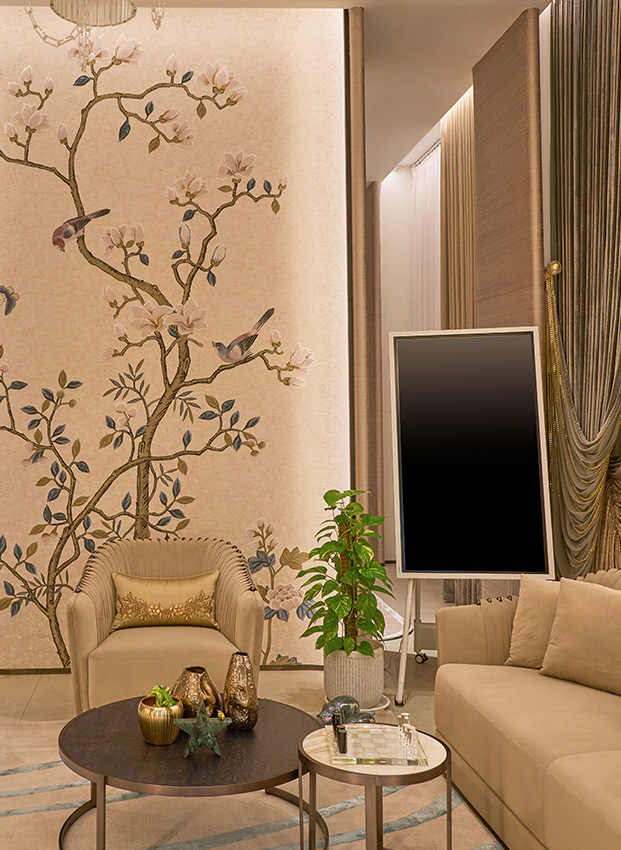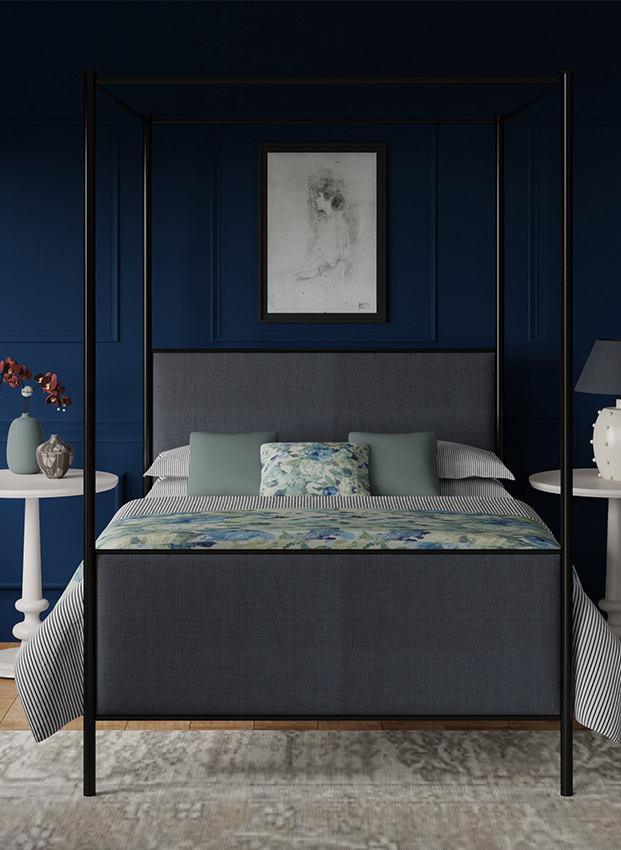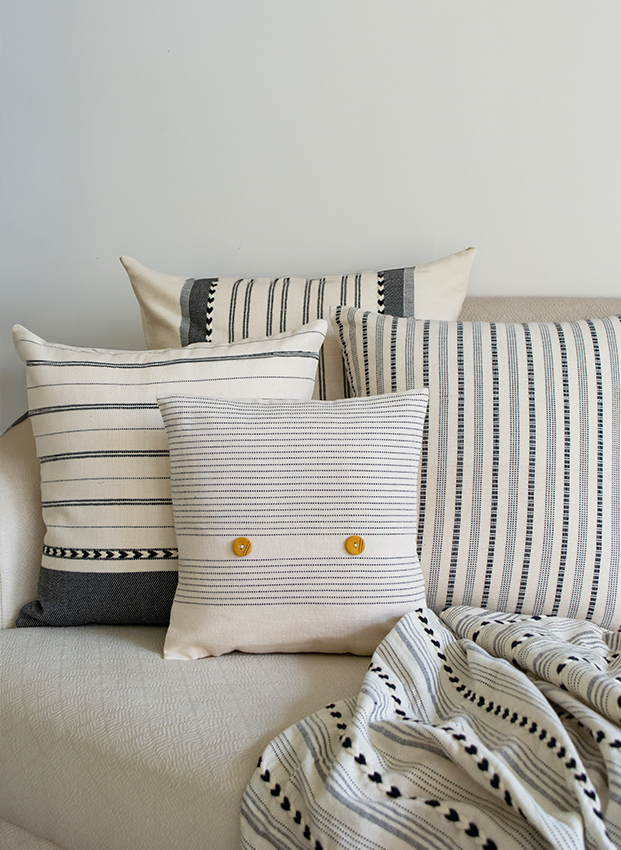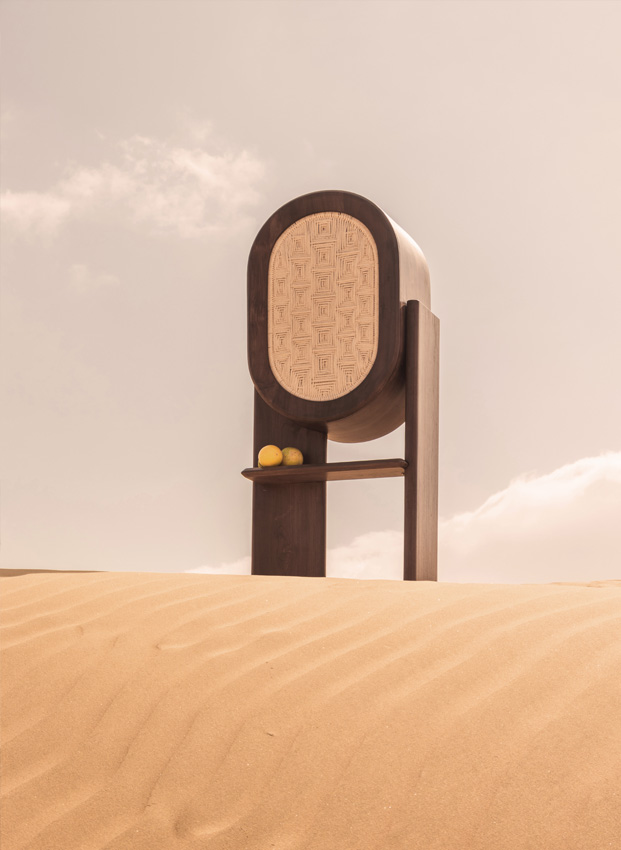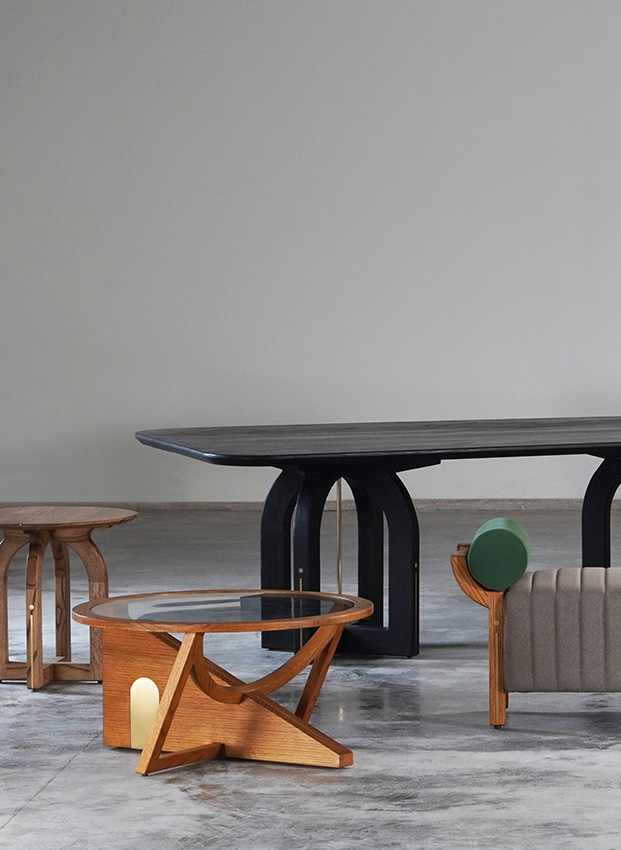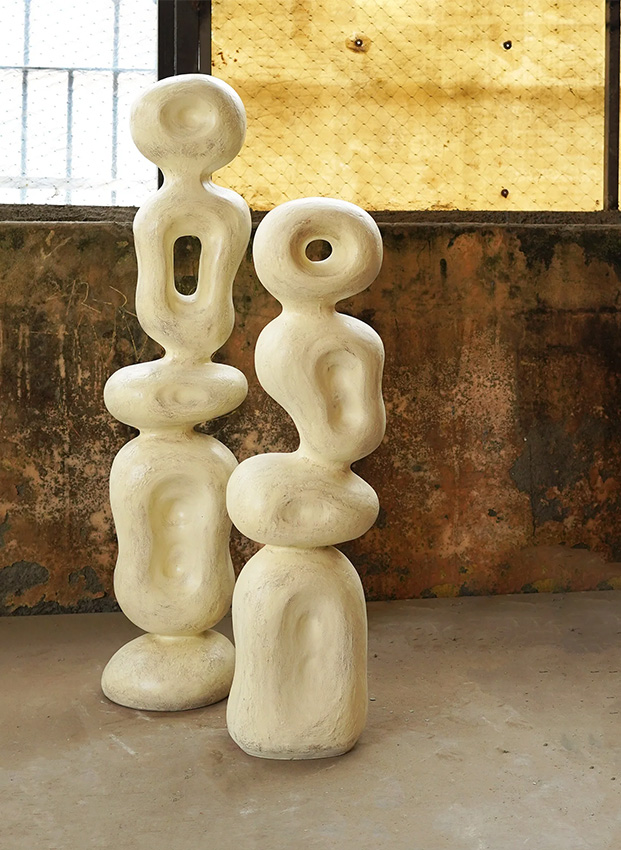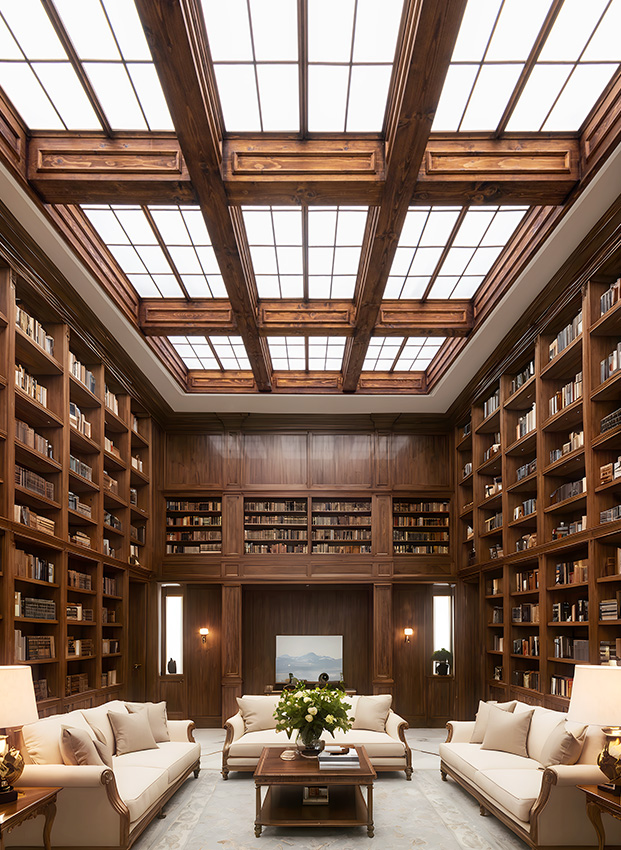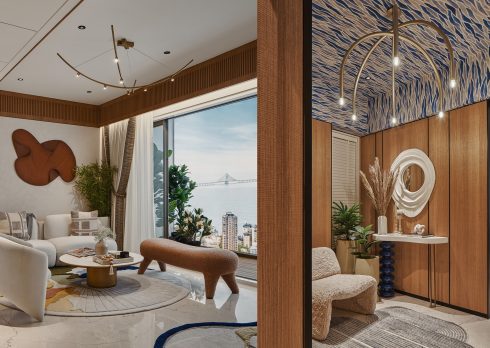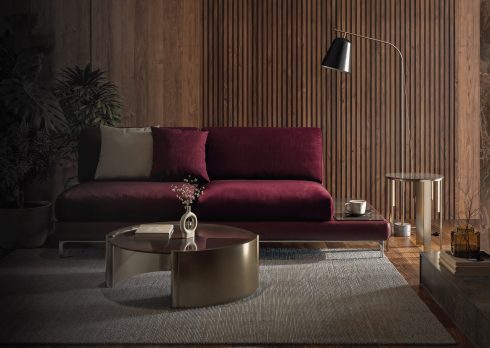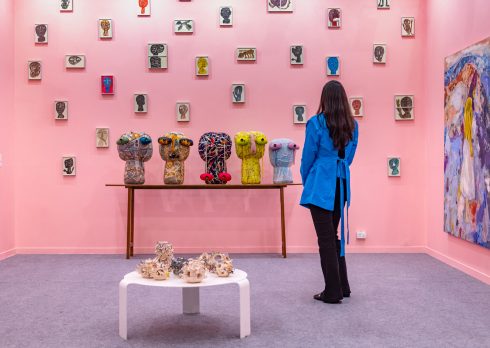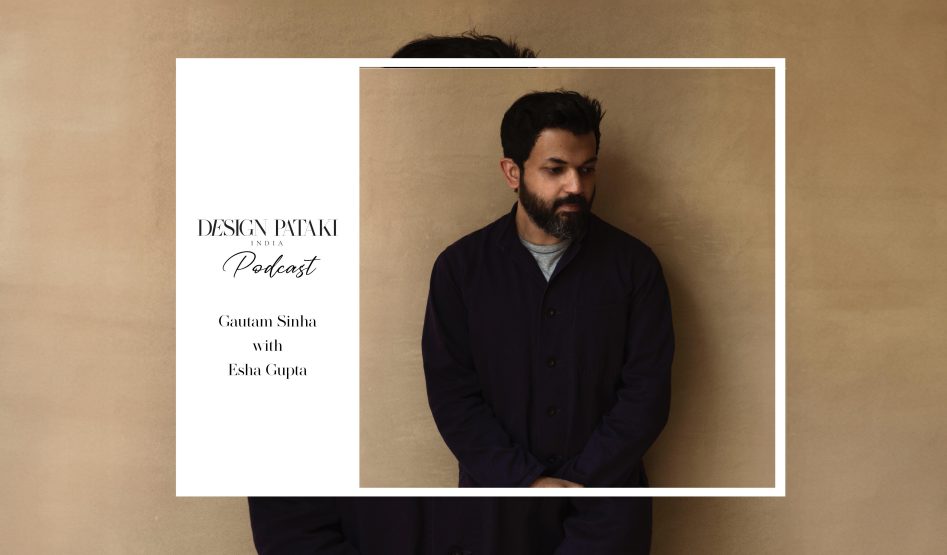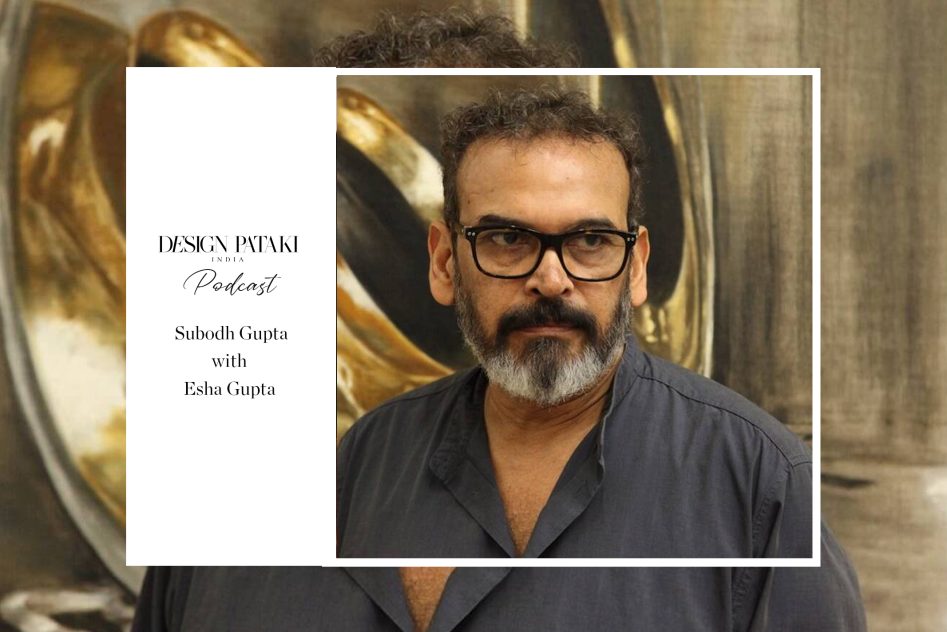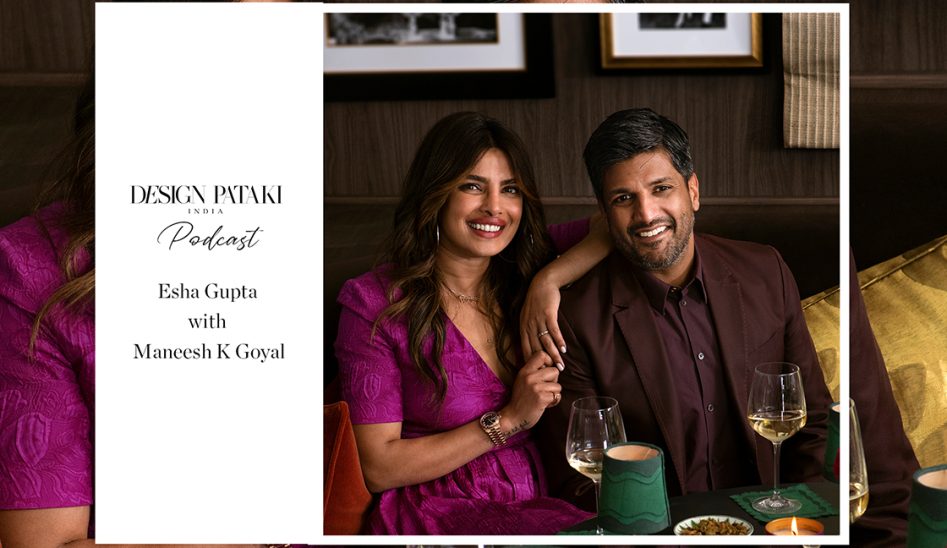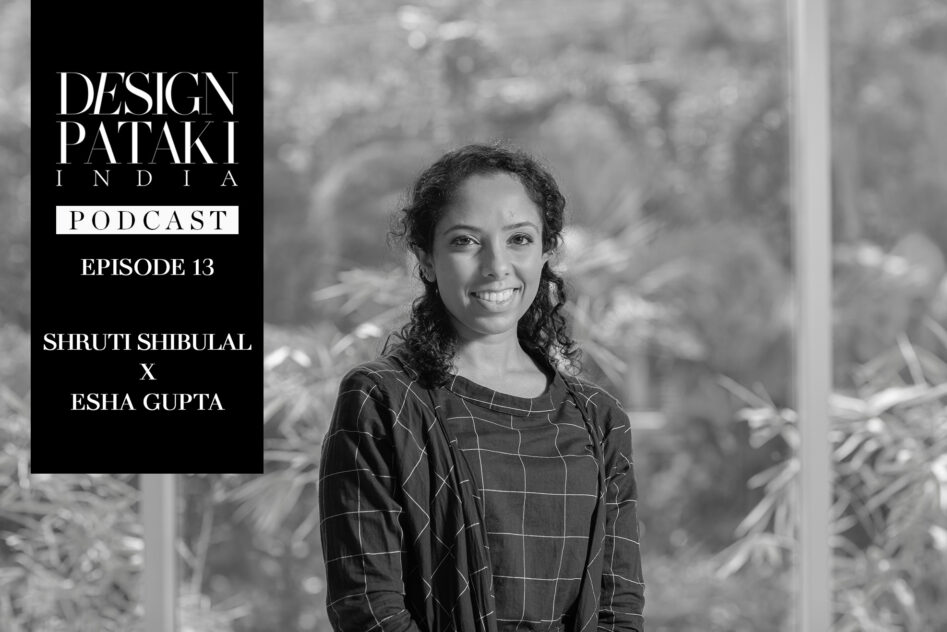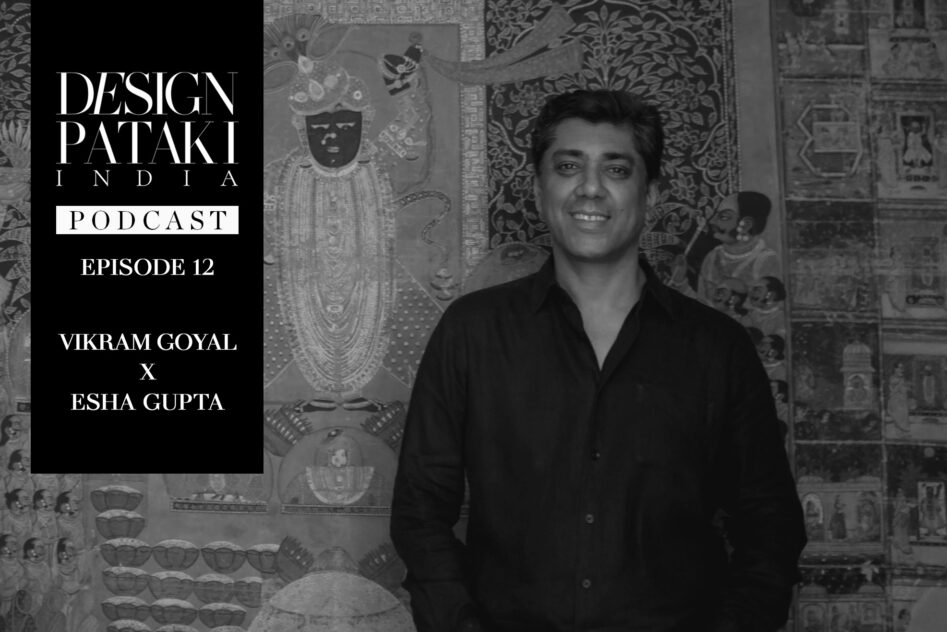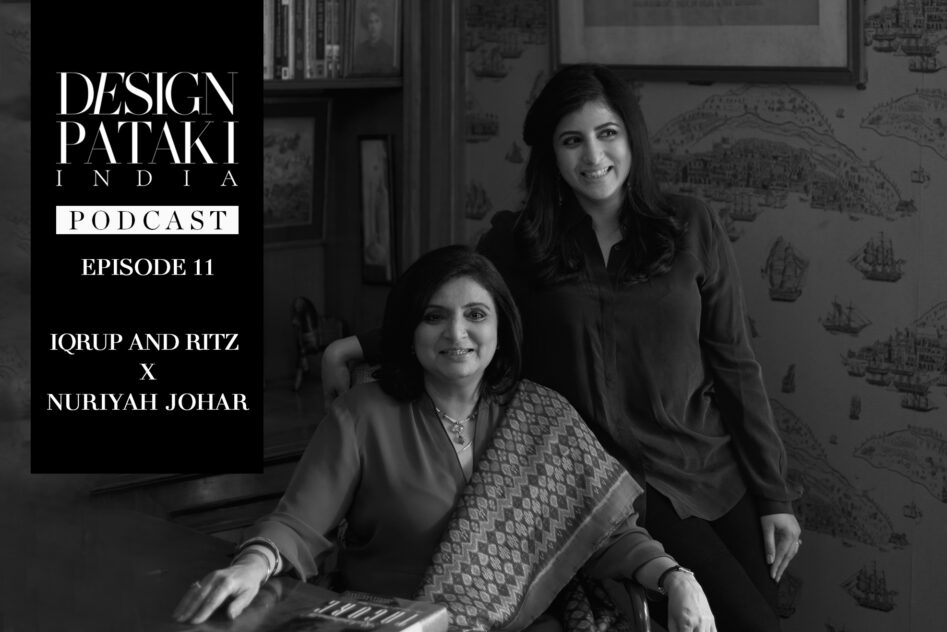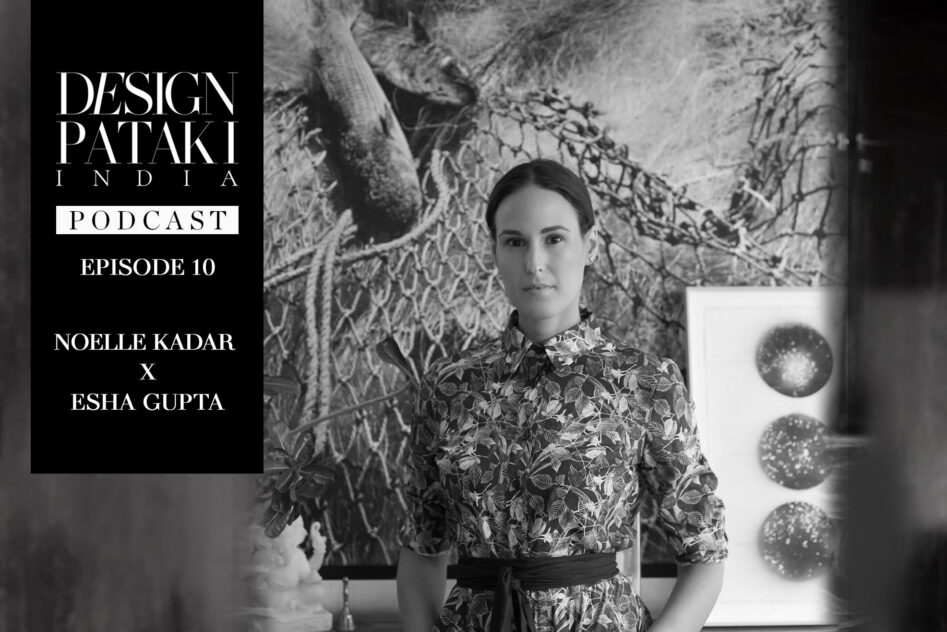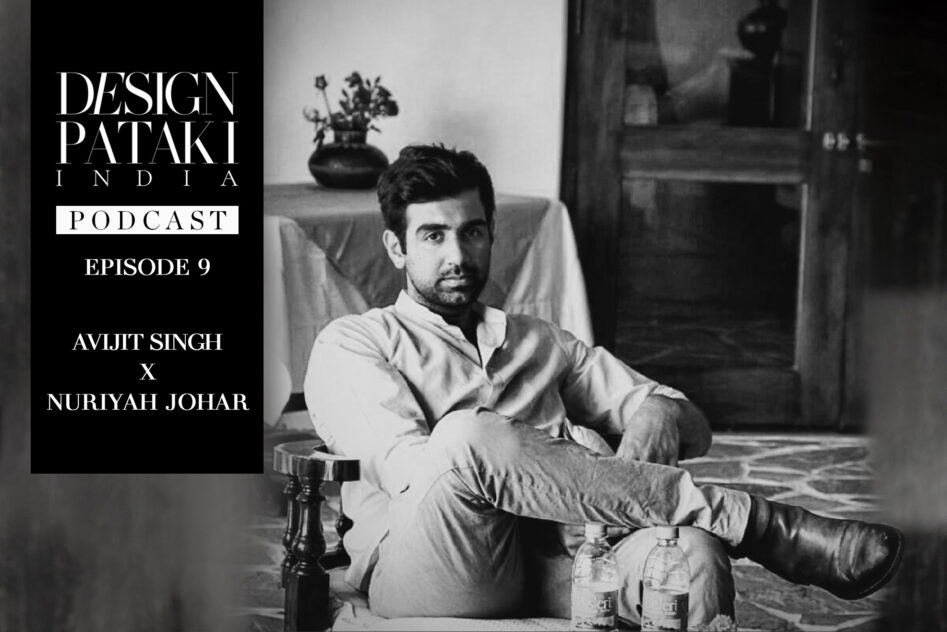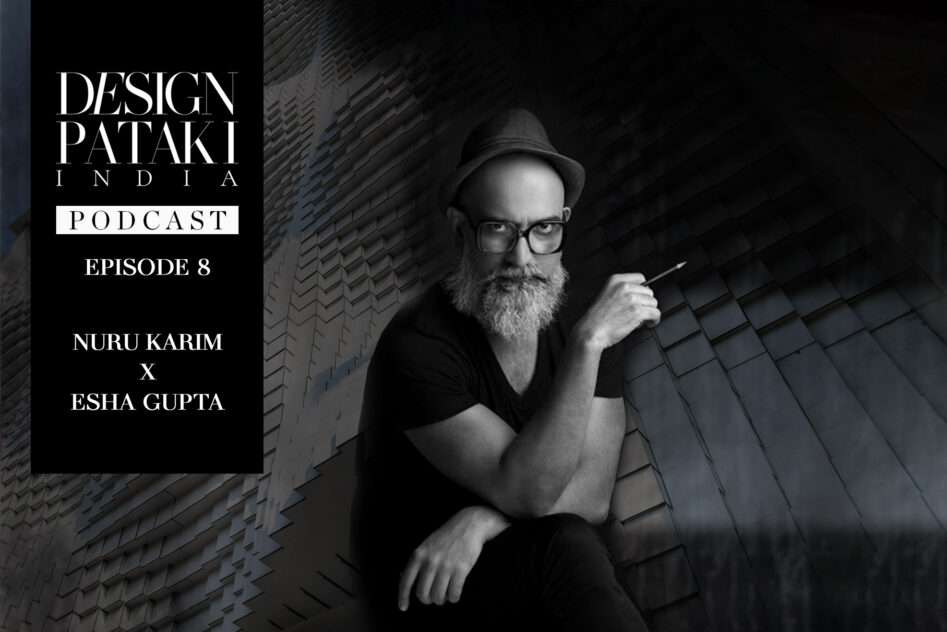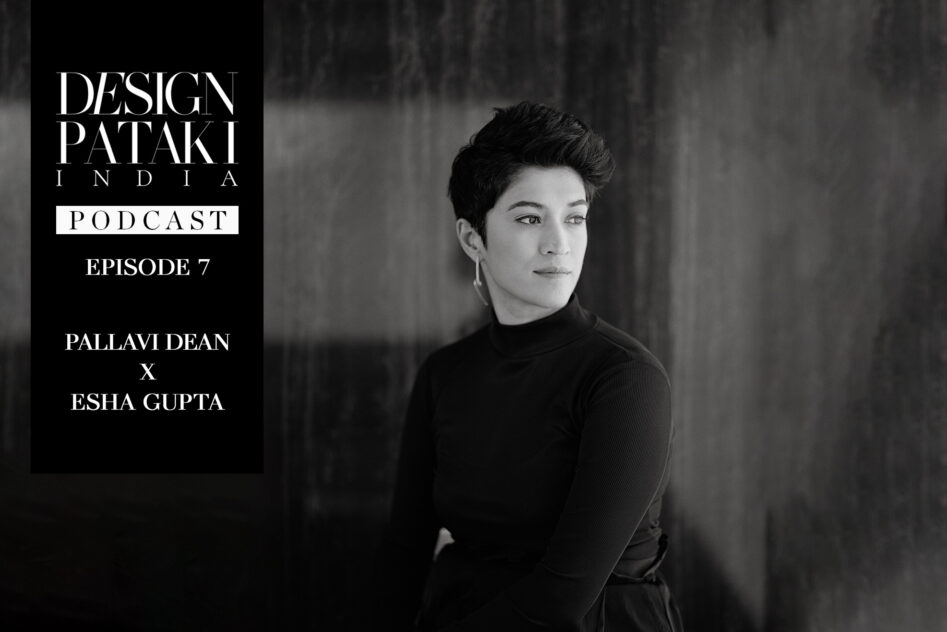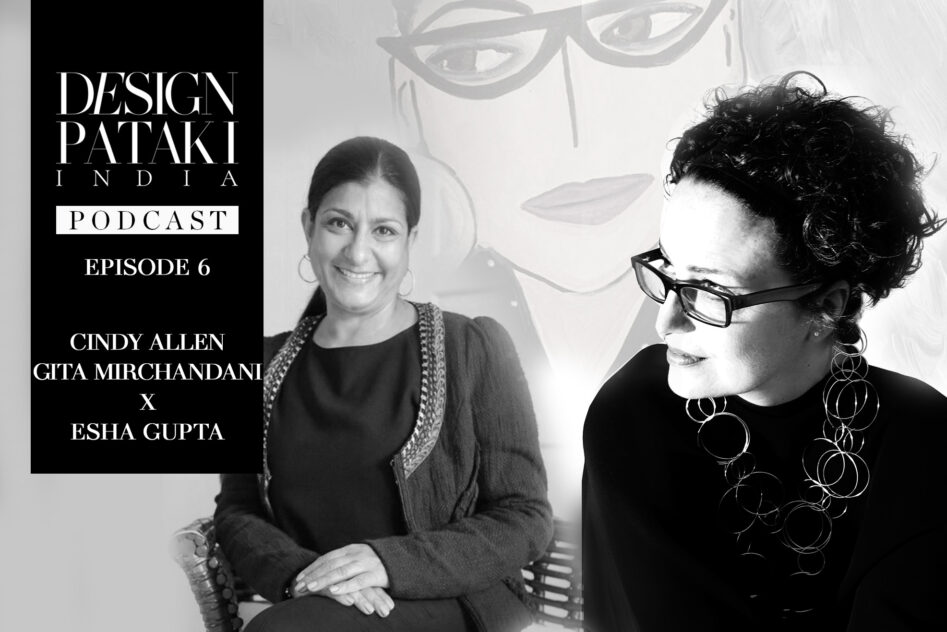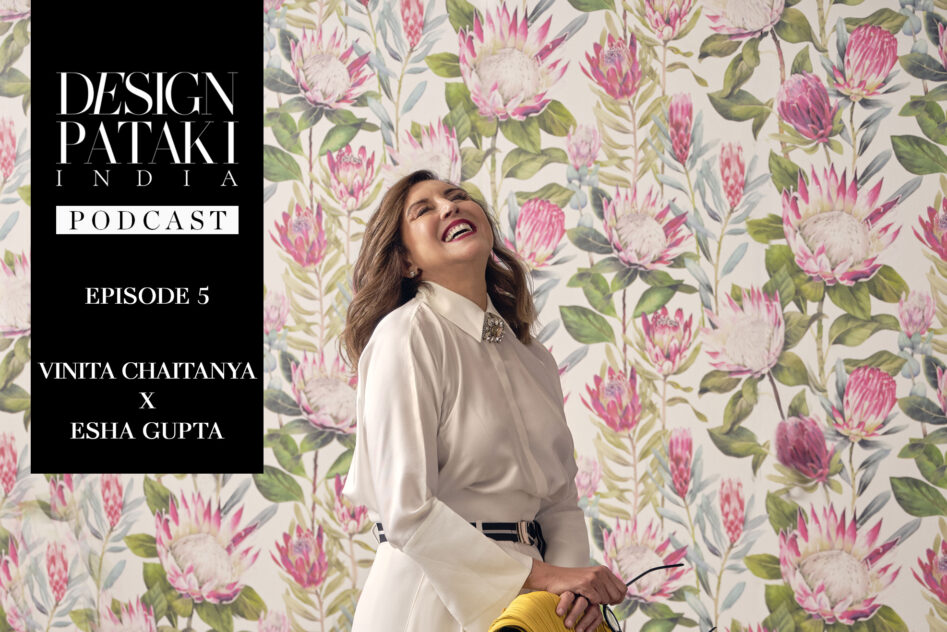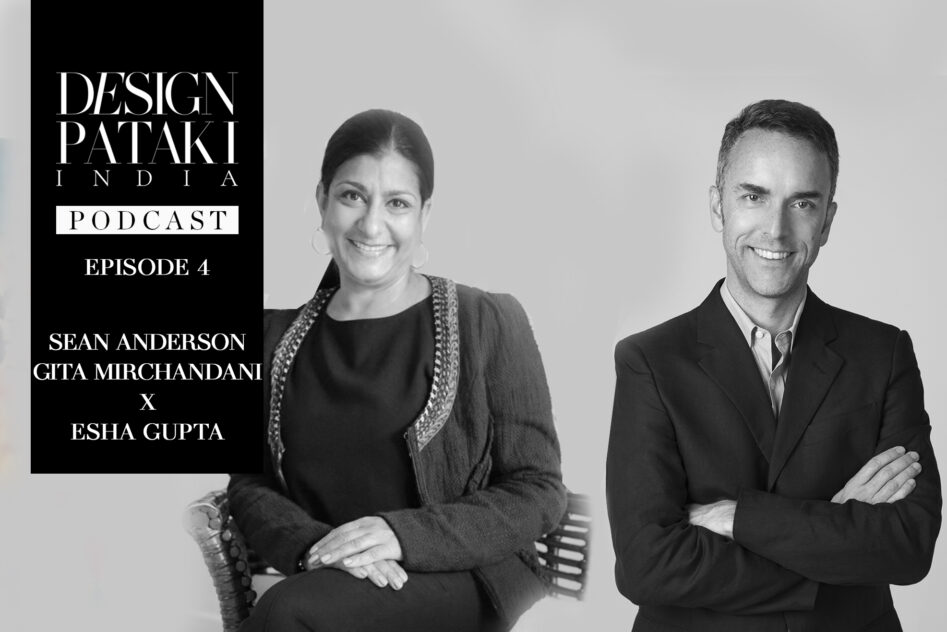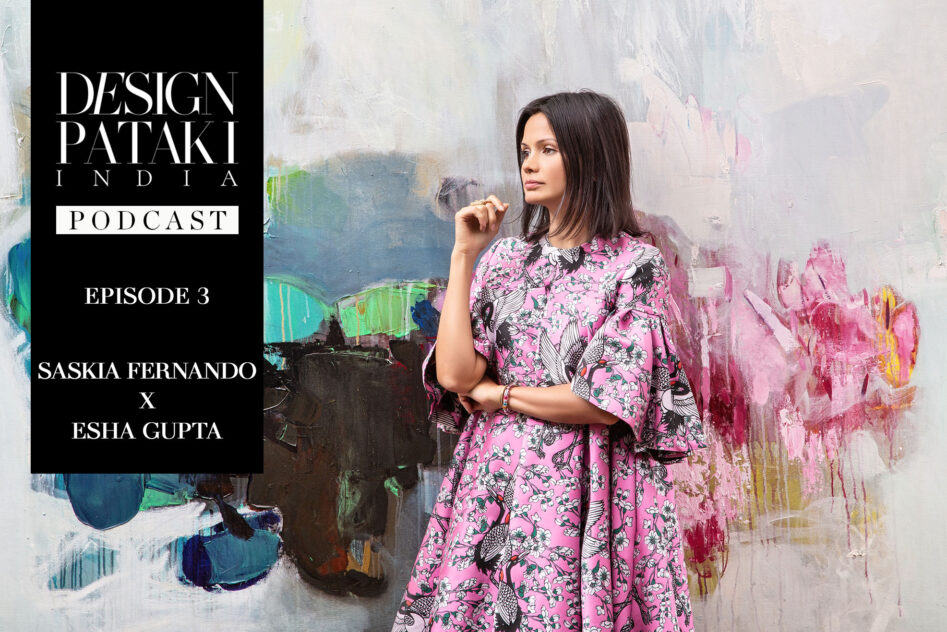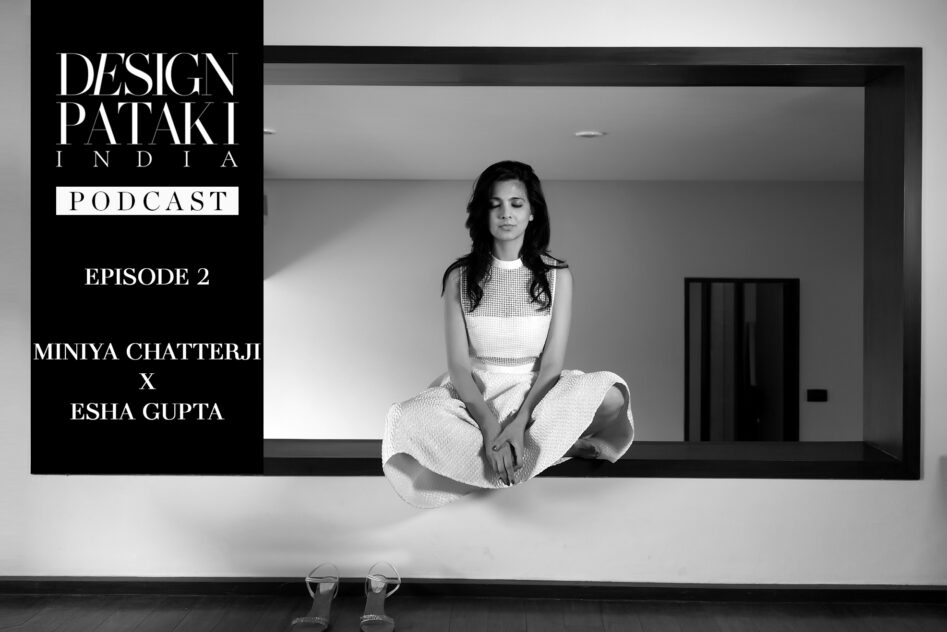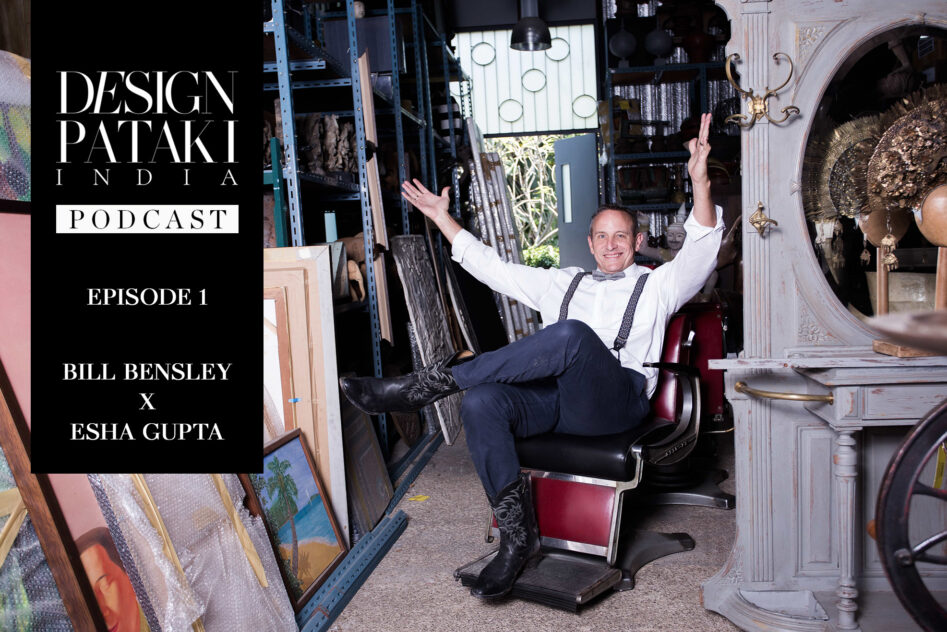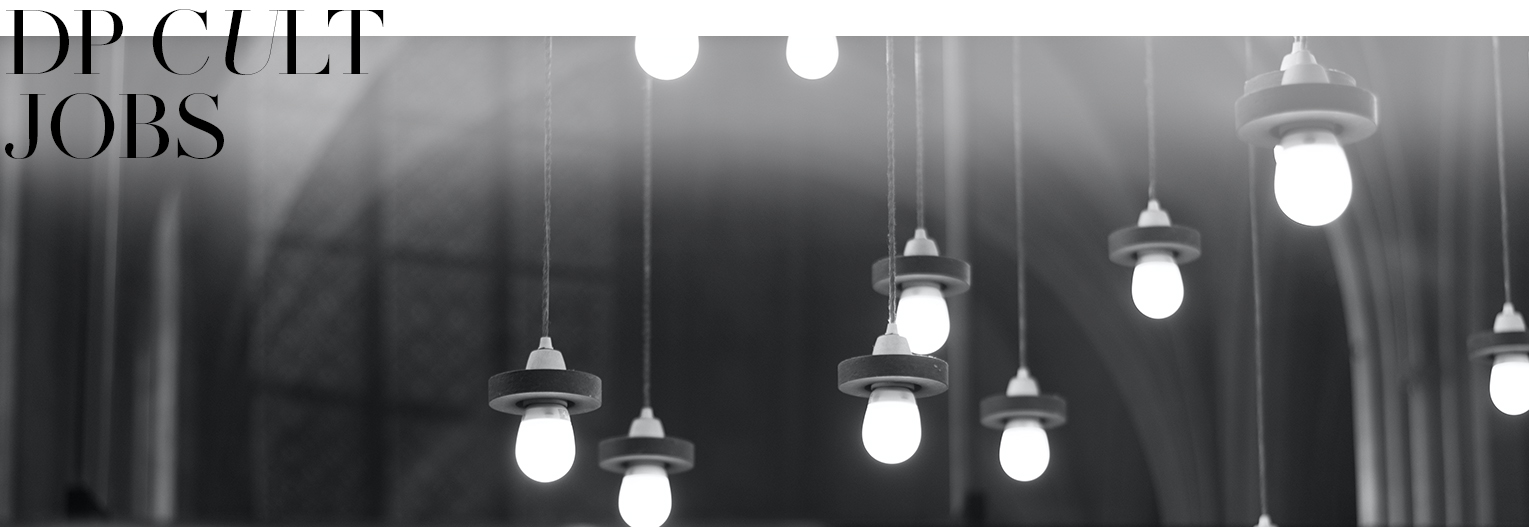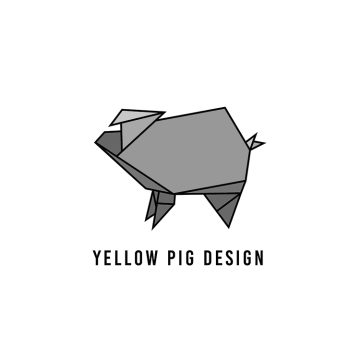Perspectives On Gender Inequity In Design, With Kohelika Kohli, Jenny Pinto And Samira Rathod
- 8 Mar '22
- 9:00 am by Beverly Pereira
Even as we see a lot more women at the helm of their design practice, issues like underrepresentation, visibility, and retention are more than just niggling pain points in an industry largely, and historically, dominated by men. Design Pataki interviews three accomplished female architects and designers about the gender-specific challenges they’ve faced over the years and their perspectives on what can make a difference to entrants in the field.

Kohelika Kohli, Co-founder, K2India
Kohelika Kohli worked on such notable projects as the Foster Extension to the Boston Fine Arts Museum when she interned with Sir Norman Foster during her second year at Pratt Institute of Design in the early 2000s. When she returned to India after graduating in 2004, she started her own practice under her own name and then established K2India in New Delhi with her mother Sunita Kohli, the award-winning interior designer, conservationist and furniture manufacturer.
Having studied and worked extensively abroad, have you experienced gender disparity in the design world?
Of course, there is disparity and it’s because the progressiveness in work culture and society in the West is different from that of India. In the West, one can count ten famous male architects for every woman architect. In India, there are a handful of successful women-run architectural and design companies. Usually if a woman is practising, she will have a male counterpart as well. These dynamics change the workspace, but more so the architect–client relationship. At K2India, we are two women founders, and we now have an associate partner who is also a woman. But I do not think that anyone doubts our abilities because of our gender.
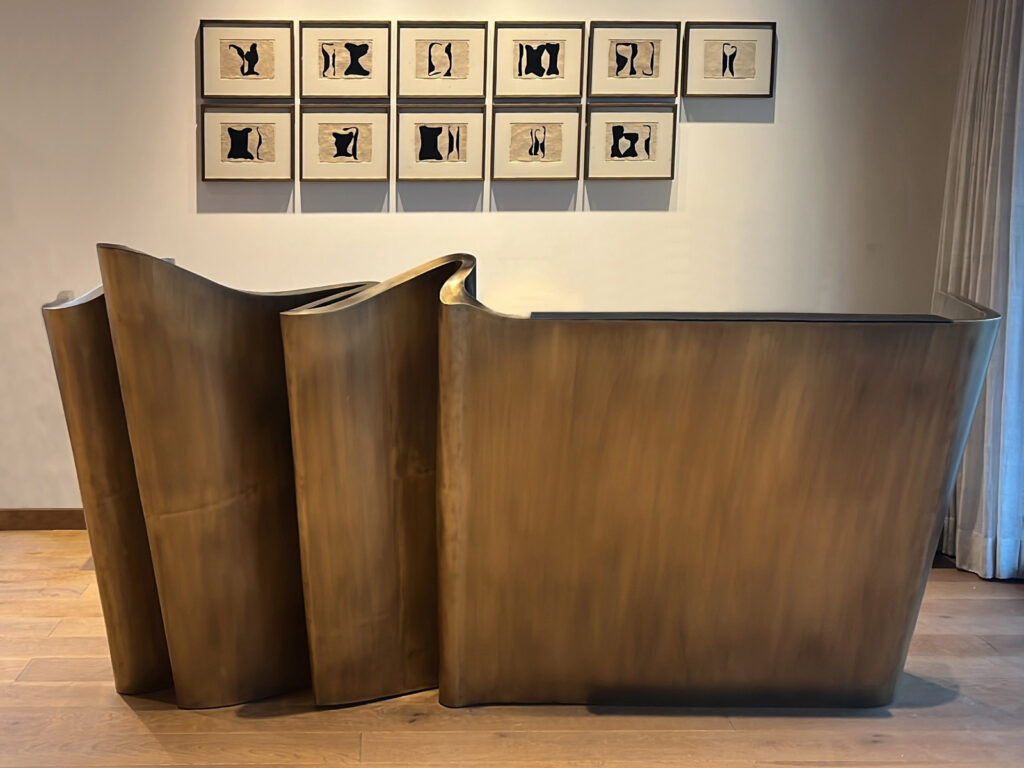
What were your formative years like?
My childhood, especially my teen years, were full of travels to archaeological sites, museums, and architectural marvels. While my friends were off to Disneyland, I was off to see the Pyramids in Egypt or to Hampi or Bhutan. Whichever state we travelled to, I’d work on a project on the aspect that most caught my attention. This process of documentation has stayed with me. I saw my mother at project sites being, perhaps, the only woman commanding the respect and the attention of the men in the room — and it seemed as if she belonged. This was a privilege to observe because as a young woman who had just started working, I never allowed myself to feel inferior or to let anyone else make me feel it. Women help other women grow and that has always been the way. Although in my mother’s case, I have to say, it took a special sort of husband to encourage his wife to travel and explore the world and her own abilities the way he encouraged her and felt proud about her.
You may have heard some stories about the world of architecture and design and the shift that these fields have undergone and are continuing to undergo.
As young as my mother is in her thought process and her approach to design, she started working 50 years ago and my mother was a self-taught designer and an architectural conservationist. She was not only making the ceiling but also breaking the ceiling at the same time. Today, times are different. There is a lot more competition, and technology has a major role to play. In our studio, people get paid based on their work and their abilities and not based on gender. We are tough, if not a little tougher, on the girls in the office than the boys. This is to encourage them to be resolute as we know they often come from backgrounds where they have been taught to feel inferior to their male counterparts. I always tell my team that there is talent, but talent alone does not achieve success. It is the right cocktail of talent, ability, curiosity, sincerity and hard work that allows one to be successful in this discipline and in life.
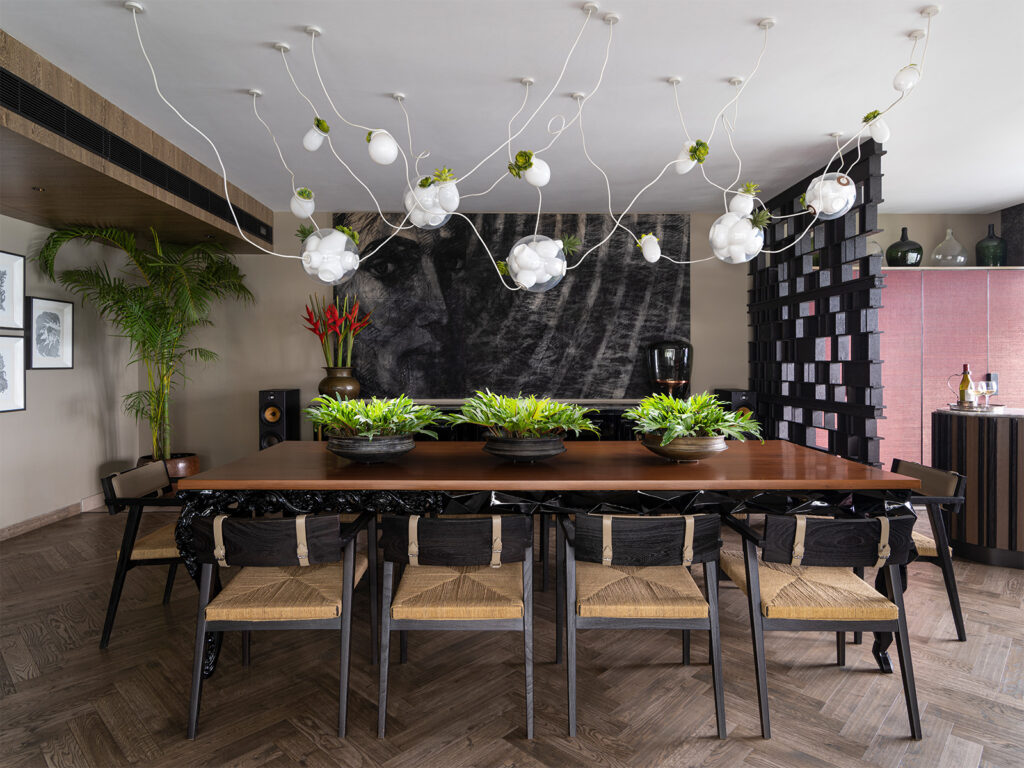
What do you feel can be done to make the curriculum more inclusive in architecture and design?
This is a very loaded question and I know for a fact that one day I will get into this in great depth. But I strongly feel that it is important to give back to the design community, especially since I had the privilege of a great education in the West. One day I would like to teach, and this would be more about the reality of design with a greater inclusion of the humanities and psychology within the architectural and design curriculum. For instance, I think that women would make much better project managers because from a young age they are made to multitask. But in this country women are afraid to do so, owing to some aspects of these engagements that they will, perforce, have to be involved in. These are some of the stereotypes I want to break. But let me tell you, the design curriculum in India has a lot more wrong with it than just gender inequality.
What are some of the challenges that you might have faced when you co-founded K2India?
From setting up my own bank accounts and various other registrations to just managing male staff in general, it was a huge learning experience for me when we co-founded K2India in 2010. I do think that with most things being computerized now, it is getting easier. In terms of the architectural practice itself, it took me two odd years to be able to get someone to take me seriously as an architect and carpenter. I was and still am constantly referred to as an interior designer. This has as much to do with the fact that I am a woman as it has to do with the fact that I am a designer’s daughter.
Do people tend to not take a woman in the field seriously?
Yes, very often male contractors and PMCs will come across trying to make you feel inferior. But having said that, I think it is also slowly changing. Women have to make themselves heard even as they have to constantly prove their knowledge. This is a given! But frankly, this makes us stronger and wiser.
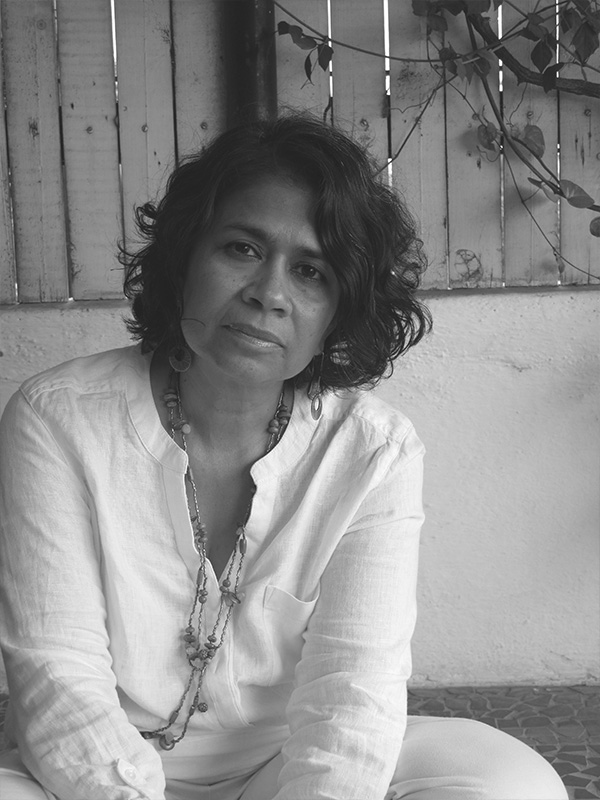
Jenny Pinto, Founder, Oorjaa
Jenny Pinto ventured into the art of paper-making and product design after working in the field of ad film making for almost two decades in Mumbai. First starting out under her eponymous brand in 1998, her Bangalore-based studio Oorjaa has grown to encompass a family of 35 artisans and three designers over the years. Jenny designs lights made from fibres made from banana and mulberry, and her fantastical pieces illuminate design-forward spaces across India.
Did you have any apprehensions about transitioning from advertising to the design world?
I started my ad film practice in the mid ‘80s at the age of 24 when it was not common for women to have independent practices or businesses. I was successful despite not being a graduate from film school or having any formal training. So, any apprehensions that were there got resolved early on, and when I decided to make a mid-career change to paper-making and product design, again without a formal design degree in either, it was a conscious decision because I believe and still do that most people have a natural affinity to design. If one can open the mind, both outwards and inwards, nothing can stop anyone from doing what they wish to do.
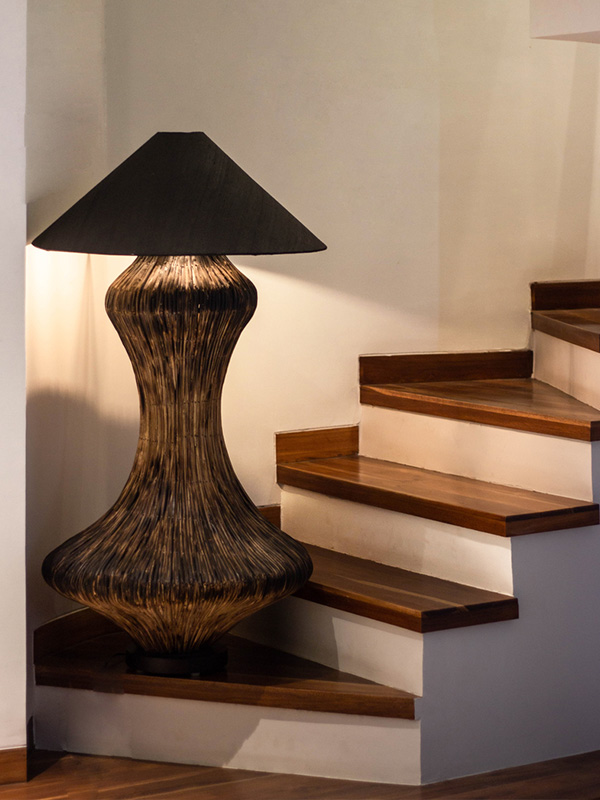
Even today, the fields of architecture and design are skewed with regards to equal opportunity, representation and leadership roles. What are your thoughts on the gender disparity that continues to exist?
Gender disparity exists in every single sphere and field, especially in the sciences and business. That said, I feel there are far more women designers and architects today than there are scientists and corporate heads. But yes, the disparity exists because that’s the way the world still functions. As a society, we bring up girls differently. Besides gender, it’s also about caste and class — all professional fields are skewed towards privilege. And women have historically been less privileged, even if they’re women from privileged backgrounds. So why would the field of design march to a different tune?
What do you feel can be done in India with regards to retaining women in the field of design or even encouraging them to enter the field?
We must go down to the cause of the problem and not only deal with the obvious symptoms. This means that we must change the way we bring up our sons and our daughters. I say sons because a boy who is brought up to think of his sister as an equal or made to be responsible at home will always respect women and know that intelligence, talent and opportunity has no gender bias. It will also give women the tools to face the professional world with more self-belief.
Parenting also needs a change. If both men and women take joint ownership at home, then women don’t need special leave or time off as mothers which can often be a deterrent to many companies hiring married women. Women can also be more “professional” at work if husbands and partners share domestic responsibilities so women can focus on work when needed. This has changed effectively in developed countries so it can and must change in India too.
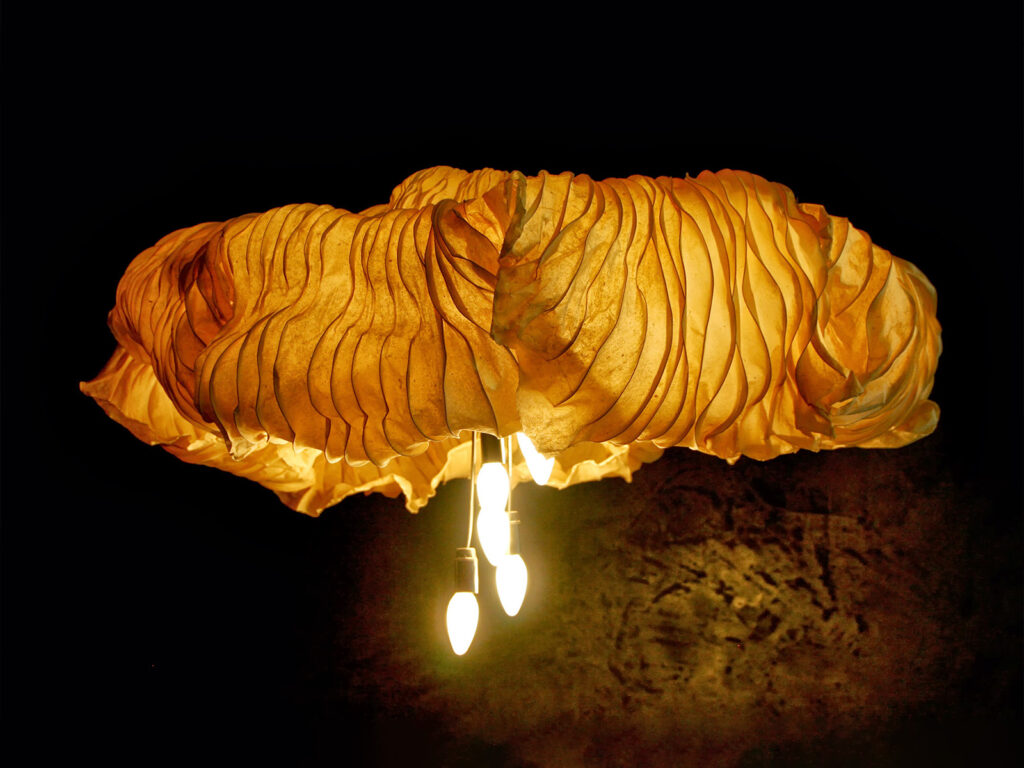
What’s the most valuable design lesson you’ve learned along the way?
That design comes with great responsibility. Design changes the way people encounter the world around them, aspirations, our consumption patterns and how we inhabit our world. So, we as designers need to be very aware of that and act accordingly. We all need to think of how our designs impact consumption and waste.
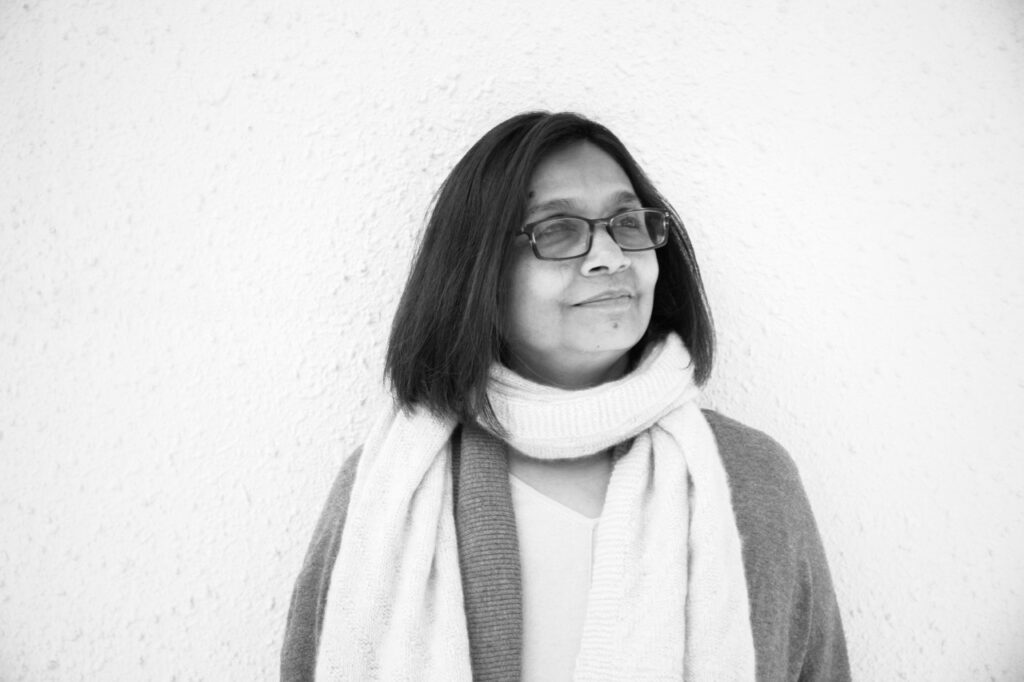
Samira Rathod, Principal Architect, SRDA & Founder, The Big Piano
Samira Rathod established SRDA in 2000, starting with the design of a small farm house and portfolio of furniture design. Today, her Mumbai-based architecture and interior design firm works on projects across the length and breadth of the country and is known for an investigative approach to design with a signature touch of the poetic.
Have you faced any stigmas in the world of design?
Contractors from the older generation have a bias towards women. It’s never spoken but always felt. It’s difficult to get things done because they don’t like being told what to do, that they’re wrong or to even be pulled up for not being professional in terms of timely deliverables. They take it so badly, it ends up being a squabble, whereas if a male counterpart requested something of them, they’d willingly get it done. I’ve tried to introspect to understand if I said something wrong, but I don’t see myself being on the wrong side. You experience those undercurrents and it can be hurtful and unprofessional. Now, the male ego does not show up if I happen to work with the son of that very contractor because the younger generation is obliging and open-minded.
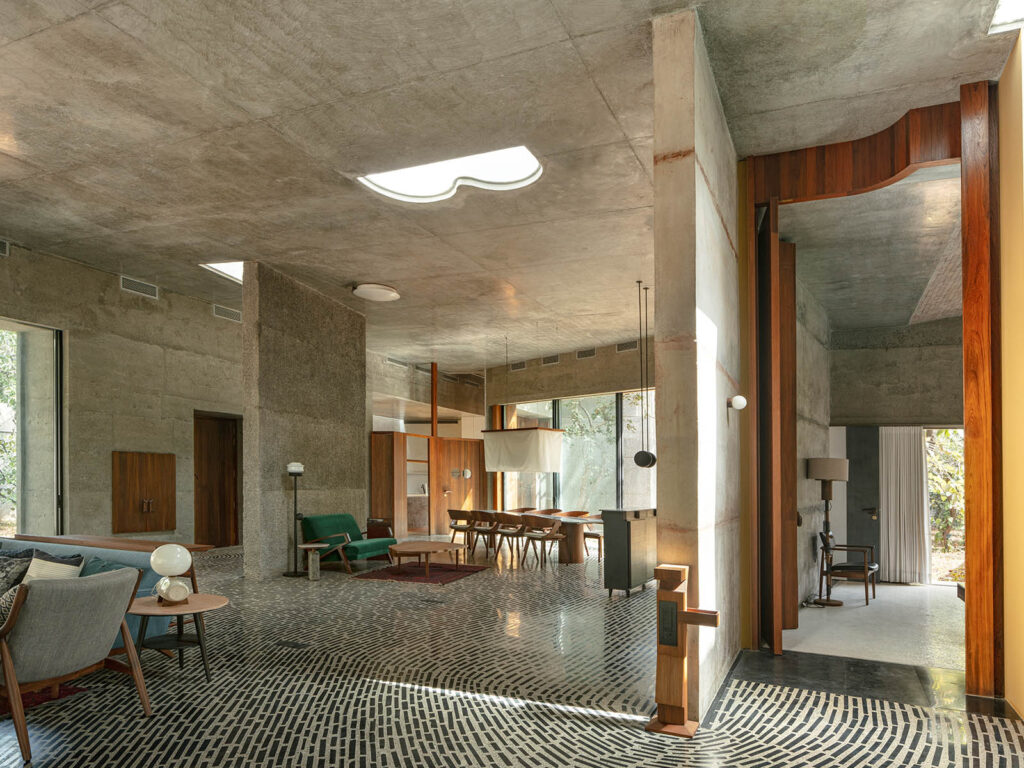
Did you experience the dominance of male designers in curriculum design?
I can say that I was not happy when I studied at the J.J. School of Arts in the ‘80s. I felt that many of the male professors were biased. They looked at a lot of us young, aspiring women architects as objects. Condescending remarks were often made about our capacity to practice. They were discouraging with the class in general but more so with the women, even though the ratio was 50-50.
Did you experience something similar when you studied and then worked in the US?
Studying in the US for my Master’s degree was exactly the opposite of how I was treated in India. The professors encouraged us to think differently. It was liberating because they didn’t question us about how we planned to execute a design like they did in India; they simply told us to dream on and that everything would fall into place. A little scribble would get published, whereas in India things were conventionally structured into a single way of thinking — which is also true across the general education system.
However, when it came to awards or even picking the best student, I experienced a different kind of bias in the US related to whether you’re an American or a second citizen or even a person of colour. I experienced racial discrimination when I worked in Chicago. And, in California, despite being far more liberated, I was apparently intimidating some people in the office by my very talent. People are just afraid of talented women.

What can be done to make the curriculum more inclusive?
It could be interesting to look at the biographies of female architects or designers who have done well. I like reading biographies. You can understand one’s struggles and that the road to success isn’t always easy. Take for instance, the struggles of artist Georgia O’Keeffe — a broken marriage, not being taken seriously in the art world for her so-called feminine art.
What’s the most valuable design lesson you’ve learned along the way?
I’ve learned that it’s best to follow my instincts and to not over-rationalise things. I also feel that attention to detail and research for every project is important. You’ve also got to read between the lines with every client or project you’re working on.
A woman in design who has inspired you along the way and why?
The architect Eileen Gray who also designed furniture. She doesn’t have a big body of work but I was interested in learning about her life. She had character and strength despite the obstacles, which is what led me to learn more about her work.


























